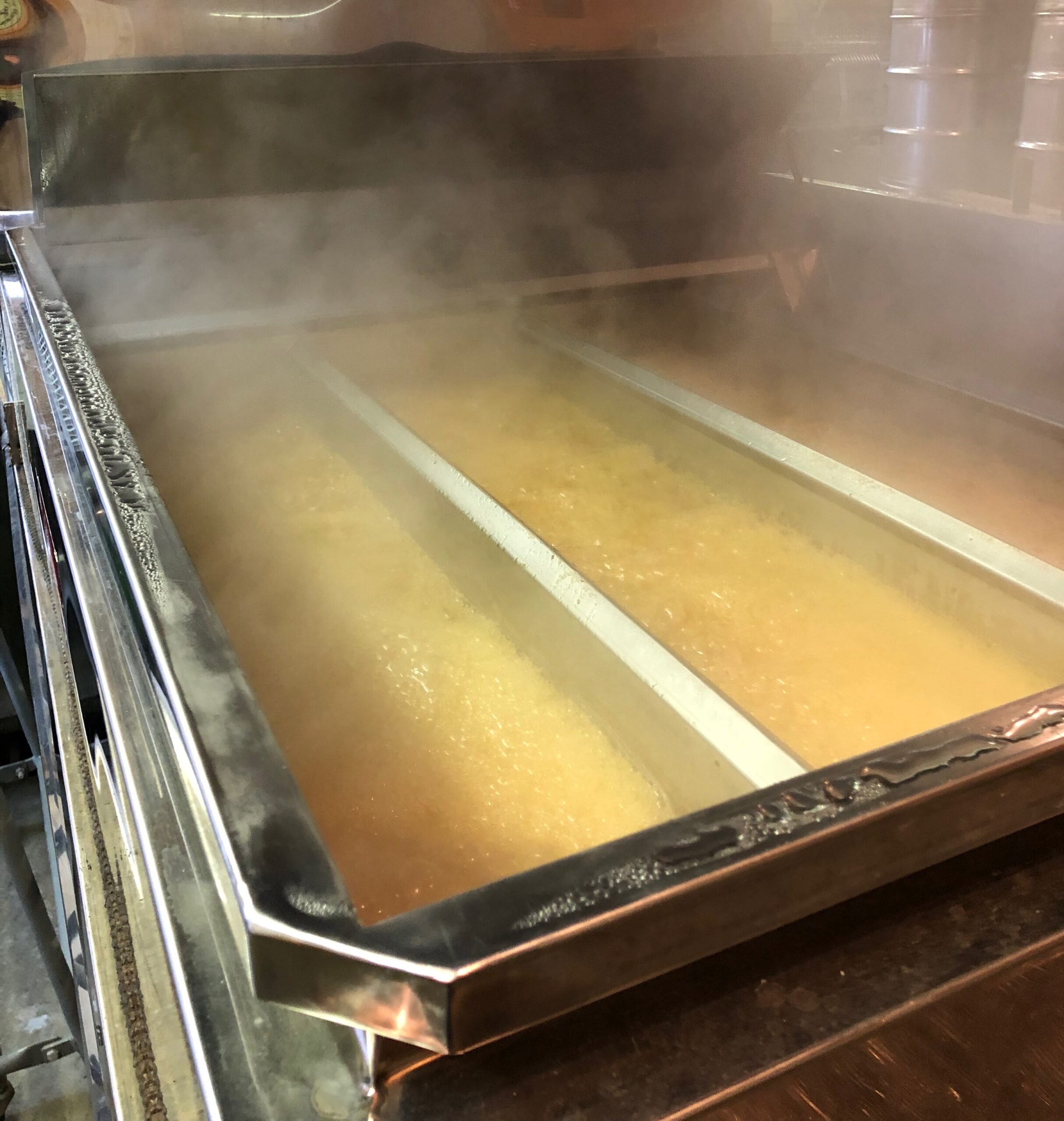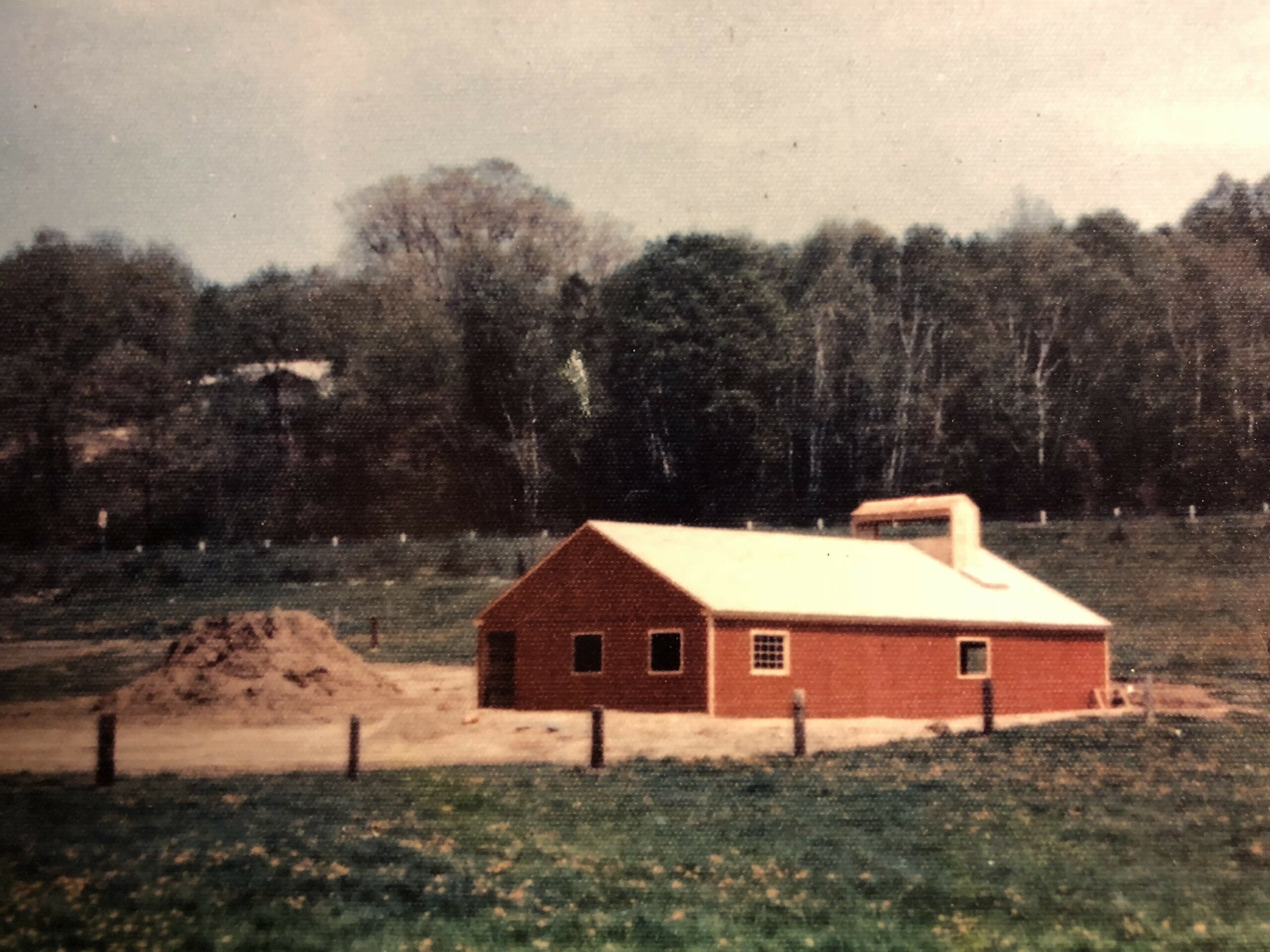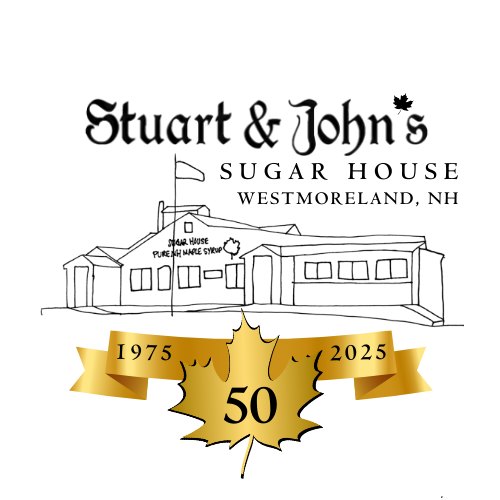About maple syrup
All about NH Maple Syrup

Visit Us to See Syrup Being Made
Every spring between February and April, depending on the weather conditions, we invite the public in to see us make maple syrup. We allow people to come into the evaporator room to smell the sweet aroma and watch as we make the syrup. We love to tell people about the process and share samples of our freshly made product. We hope you and your family will come by and check it out sometime! If you are wondering whether or not we are boiling on a particular day or time, you can check our social media pages or call us on the day of to see if we are boiling!
Maple Syrup Grades
Contrary to popular belief, no certain grade of maple syrup is better than any other. Each grade is produced in the same manner, with no additives or alterations. The different grades of maple syrup are determined by factors such as quality of sap, when it is produced during sugaring season, and daily weather conditions. Some people prefer the darker, stronger tasting grades, while others prefer light, delicate tasting grades; It’s all about personal preference.
Grading System:
Golden with Delicate Taste: Light, golden color with a mild, delicate taste. Excellent as a table syrup or over ice cream or yogurt.
Amber with Rich Taste: A light amber color and full-bodied flavor, this class of syrup is the product of choice for consumers who desire the classic maple syrup flavor.
Dark with Robust Taste: A dark amber color with a more pronounced maple flavor, this class will satisfy those consumers who desire the strong flavors of what has been known as Grade B.
Very Dark with Strong Taste: Nearly black, this syrup has a strong flavor that translates well to cooking, where the maple flavor will carry through to the finished dish.

Overview of How Maple Syrup Is Made
Maple Syrup is made from the sap of maple trees. Every spring, when the days start to get warmer and nights are still cold, the trees begin to mobilize sap. The sap brings the sugar stored in the roots up to create the new buds. Sugarmakers tap a small hole into the tree and collect the sap, which has an average sugar content of 1-2%.
The sap is then boiled in an evaporator to remove the excess water and condense the sugar to create the finished product, which is 67% sugar! That means that when the sap comes from the tree with 2% sugar content, it takes over 40 gallons of sap to make one gallon of the finished maple syrup.
Some Sugarmakers use Reverse Osmosis to remove some of the water before the boiling process. It makes the process of producing syrup more efficient and can help the Sugarmakers produce more of the lighter grades of syrup.

